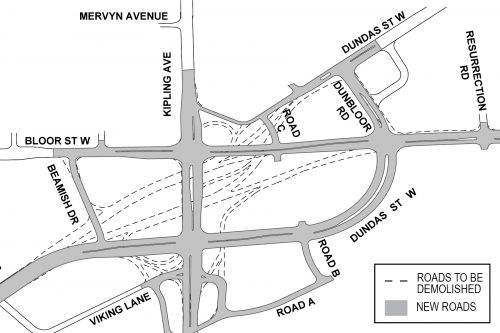Northern Light
Superstar
Why do we even need a new Etobicoke Centre? I thought the city already had surplus office space.
The intent is to consolidate the former Etobicoke and York Civic centres and some other offices to become the 'west district civic centre' in a manner similar to North York's Civic Ctr and the form Scarborough City Hall.
The old sites would then be redundant; additionally with modern workspace layouts they'll be able to fit more people into fewer sq ft.
The hope is also that any civic investment, including public square/park and library will make the area more attractive to private development, raise property value and thus generate
assessment revenues.







